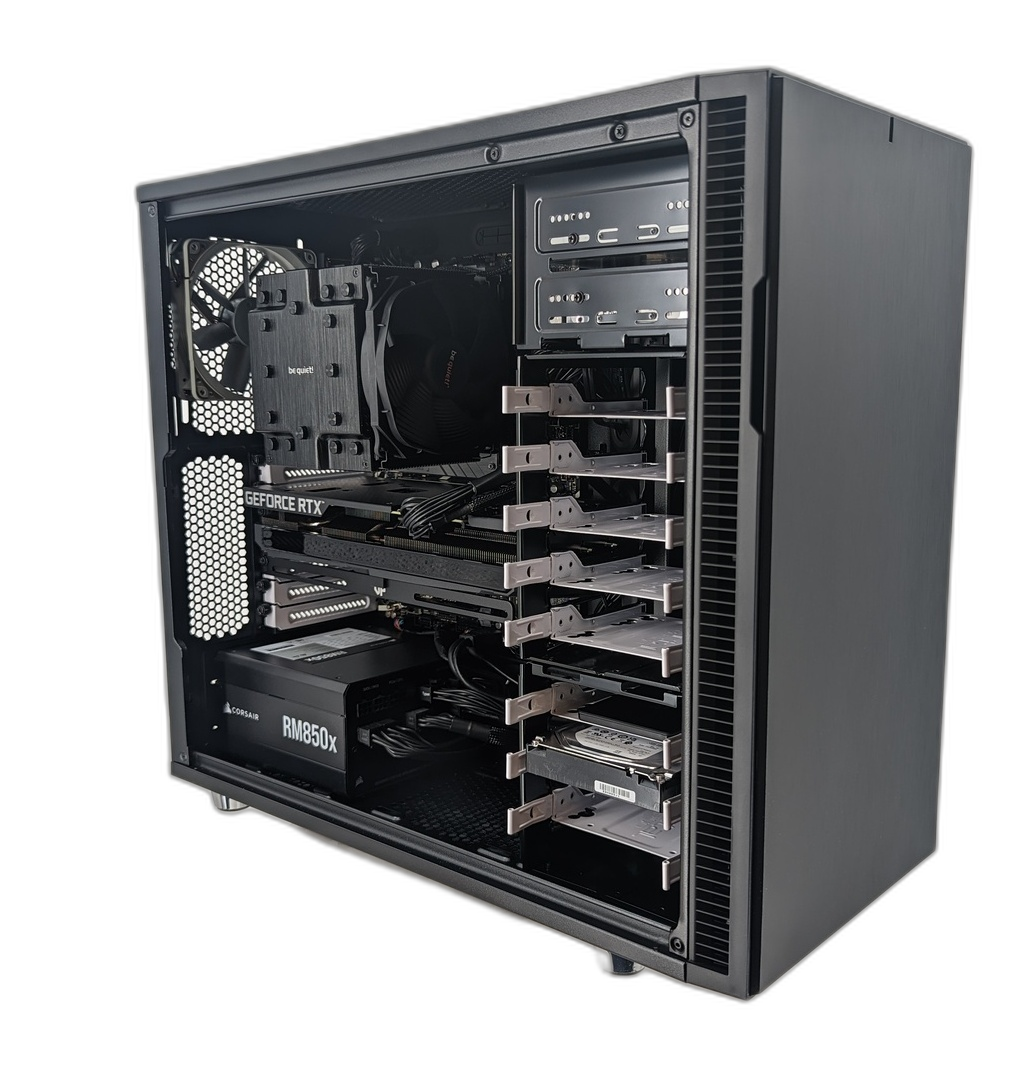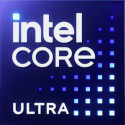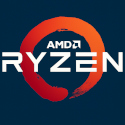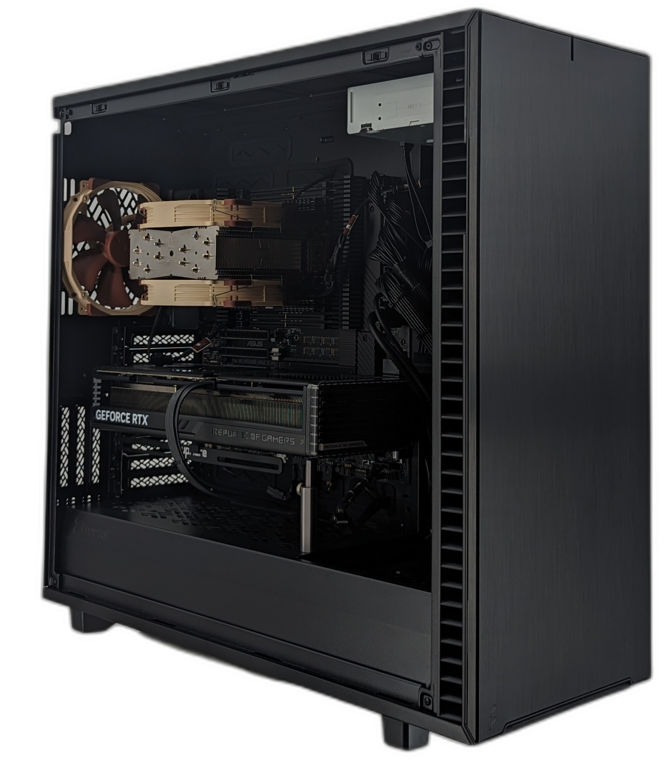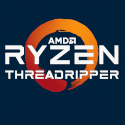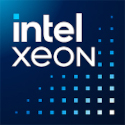Warning: Technology changes very quickly so it is always recommended that you look at the date when the article was last updated. If you have any questions feel free to contact us.
Article Date: 02-25-2023
PC Bottlenecks - CPUs, Hard Drives, Video, PCIe Lanes, DMI 4.0, DMI 3.0
Computer speed has always been an elusive target. Numerous components work together to create a seamless computer experience. If one of those components is dragging behind the other components, this creates a bottleneck in your PC. With an increase in the speed of various computer components, these bottlenecks might be a lot less noticeable than they were a few years back. However, depending on what you do with your computer, you definitely can still experience a bottleneck in your PC. Any number of factors can create a bottleneck.
CPU BOTTLENECK
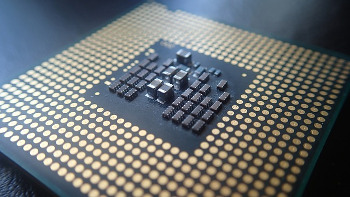
A slower CPU can slow your whole PC down, but today's CPUs are so much more powerful that even an average consumer-grade CPU can outperform the highest-end professional CPU from five or more years ago. Still, the faster the CPU, the better performance you can expect from your PC.
HARD DRIVE BOTTLENECK
Using a standard hard drive or even a SATA3 SSD instead of an NVMe M.2 drive, can definitely bottleneck today's PC. Modern NVMe PCIe 4.0 M.2 drives are over TEN times faster than SATA3 SSDs and almost THIRTY times faster than a spinning hard disk.
RAM BOTTLENECK
A limited amount of RAM can cause a bottleneck in your PC, especially if you are running memory hungry applications. We recommend at least 16GB RAM for today's modern PCs, more if running memory needy apps like Photo Editing, Video Editing, Audio Production, CAD, Financial Software, etc.
VIDEO BOTTLENECK
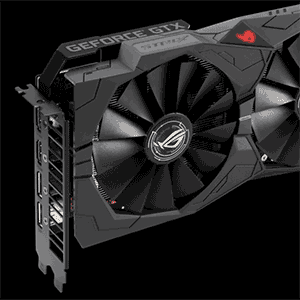
Using onboard video or a less powerful video card can cause a bottleneck on your PC. Not only do many of today's video cards feature CUDA cores, off loading some of the CPUs work to the video card, but using a more powerful video card can actually help your PC to process certain types of work (graphics, video, and gaming) more efficiently.
EXTERNAL TRANSFER DEVICES
Using a slow external transfer device or port can slow down your PC when transferring and saving files to an external device. Using Thunderbolt/USB4 (up to 40 Gbps), USB 3.2 2x2 (up to 20 Gbps), or 3.2 2x1 (up to 10 Gbps) instead of USB 3.2 1x1 (up to 5 Gbps) or USB 2.0 (up to 480 Mbps) can make a huge difference in transfer speed.
PROGRAMS
Having too many programs installed, especially those that run in your systray can slow down your PC revealing your existing bottlenecks. For more information, see our article on keeping your COMPUTER RUNNING FAST.
PCIe LANE BOTTLENECK

One feature of today's PCs that frequently gets overlooked in terms of being a bottleneck for your PC is your PC's PCIe lanes. PCIe lanes are your PCs highways for data transfer. Your PC has two sets of PCIe lanes, one controlled by the CPU and the other controlled by your motherboard's Chipset. Intel Socket 1700 CPUs feature 20 PCIe 4.0 lanes and AMD Ryzen feature 24 PCIe 4.0 lanes on the CPU side. PCIe last updated several years ago when motherboard manufacturer's switched over to PCIe 4.0 instead of PCIe 3.0, doubling bandwidth. PCIe 5.0 has partially arrived on the scene as of 2023.
The number and type of PCIe lanes are based on your CPU and your motherboard's chipset. Socket 1700 CPUs feature up to 20 lanes of PCIe 4.0 lanes on the CPU side and AMD Ryzen 7000 CPUs feature 24 PCIe 4.0 on the CPU side. 3rd Generation Xeon Scalable / Xeon W-3300 offers 64 PCIe lanes on the CPU. Threadripper and EPYC, on the other hand, offers 128 PCIe bus lanes on the CPU side.
DMI BOTTLENECK
An even less well known source of bottlenecks in your PC is your Direct Media Interface (DMI). Your DMI is responsible for handling the traffic between the chipset side of your PC and the CPU side.
Components on the CPU Side use the PCIe lanes that come with your CPU to operate. What is located on the CPU side of your PC varies from motherboard to motherboard. Typically, the PCIe lanes on the CPU side handle the CPU, memory, the GPU (video), as well as one or more M.2 drives and one or more PCIe slot. On consumer level boards (Z790, H770, B760, H610, B560, and B650) the CPU typically controls one PCIe slot and one M.2, whereas on higher end and server boards (X670E, C252, C621A) the CPU typically controls all or most PCIe slots and all or most M.2 drives.
The PCIe lanes on the chipset side operate most everything else - including hard drives (unless they are the PCIe hard drives or M.2 hard drives located in CPU side of the motherboard), input devices, sound, RAID, and network controllers.
Your PC's DMI negotiates and acts as the router of information being sent between the CPU side of your PC and the chipset side. Most recent motherboards now use DMI 4.0 x4 or DMI 4.0 x8, which is two to four times as fast as its predecessor DMI 3.0. You should note that while it probably won't be noticeable, if you are using multiple NVMe x 4 Hard Drives and the one you are using sits on the chipset side of the motherboard, then using DMI 3.0 or even DMI 4.0 x 4, might be a reason for not getting full bandwidth from the latest NVMe M.2 (because your DMI might be negotiating other tasks at the same time).
The following table lays out the chipset side PCIe lanes and the DMI limitations. If you are using a high speed (non PCIe) NVMe drive on a motherboard with DMI 2.0, you will not get 100% of the potential of the drive on that motherboard. Furthermore, an application such as RAID on those fast drives would even be limited on a DMI 4.0 x 4 board.
| Motherboard Chipset | Chipset PCIe Lanes | CPU PCIe Lanes | DMI/Uplink |
|---|---|---|---|
| H610 (Thin-Mini Alder Lake) | 12 lanes PCIe 3.0 | 20 lanes PCIe 4.0 | DMI 3.0 ~PCIe 3.0 x4 |
| B560 (Rocket Lake) | 12 lanes PCIe 3.0 | 20 lanes PCIe 4.0 | DMI 3.0 ~PCI 3.0 x4 |
| B760 (Raptor/Alder Lake) | 20 lanes PCIe 3.0 | 20 lanes PCIe 4.0 | DMI 4.0 ~PCIe 4.0 x4 |
| H770 (Raptor/Alder Lake) | 16 lanes PCIe 4.0, 8 lanes PCIe 3.0 | 20 lanes PCIe 4.0 | DMI 4.0 x 8 ~PCIe 4.0 x8 |
| Z790 (Raptor/Alder Lake) | 20 lanes PCIe 4.0, 8 lanes PCIe 3.0 | 20 lanes PCIe 4.0 | DMI 4.0 x 8 ~PCIe 4.0 x8 |
| B650 (Ryzen 7000) | 36 lanes (up to PCIe 5.0) | 24 lanes PCIe 4.0 | Uplink PCIe 4.0 x4 |
| X670E (Ryzen 7000) | 44 lanes (up to PCIe 5.0) | 24 lanes PCIe 4.0 | Uplink PCIe 4.0 x4 |
| WRX80 (Threadripper) | 152 lanes (up to PCIe 5.0) | 128 lanes PCIe 4.0 | Uplink PCIe 4.0 x4 |
| C252 (Xeon Entry E-2300 - Rocket Lake) | 10 lanes PCIe 3.0 | 20 lanes PCIe 4.0 | DMI 3.0 ~PCIe 3.0 x4 |
| C621A (3rd Gen Xeon Scalable/Xeon W-3300 - Ice Lake) |
20 lanes PCIe 3.0 | 64 lanes PCIe 4.0 | DMI 3.0 ~PCIe 3.0 x4 |
| System on Chip (AMD EPYC) |
128 lanes PCIe 4.0 |
